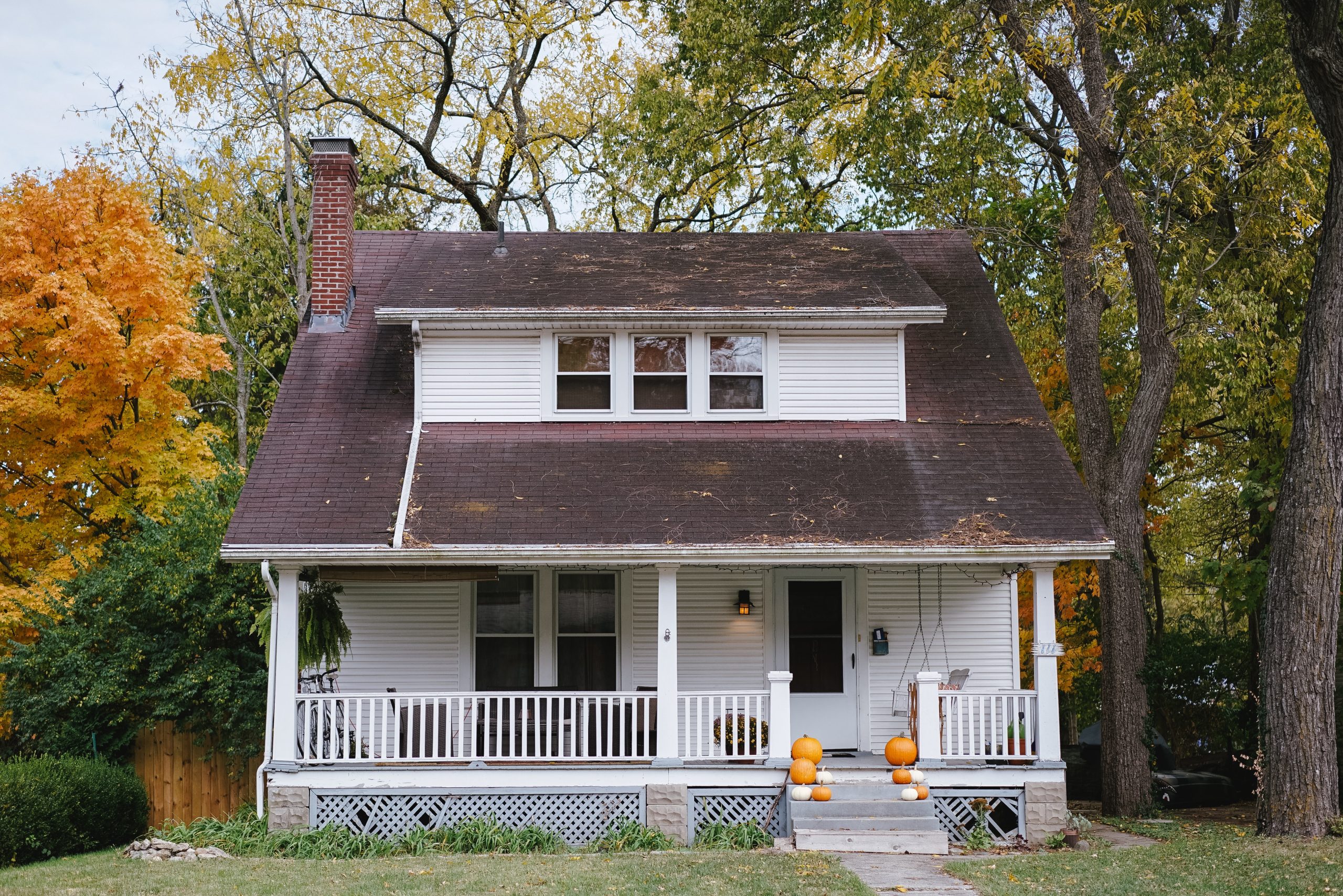When applying for a bridging loan, a charge will be applied to the finance. This charge indicates who will get repaid first, should you default on your loan and the type will be determined by a range of criteria.
In our beginner’s guide, we explore first, second and third charges in detail so you have all the information you need.
What is a charge on a bridging loan?
Fast bridging finance and other types of bridging loans can be a way to obtain short-term funds, which you then repay either from refinancing, money due to you or from the sale of your home.
The capital offered with bridging finance will be assessed as either a first, second or third charge loan, depending on whether there is any other finance outstanding on the property you will be using as security.
The charge on a loan will indicate the order in which the outstanding bridging loan will be paid from the sale of the property, should it be repossessed or you are unable to settle your loan.
First charge
A first charge bridging loan is where there is no other finance against your home or property and so would be paid first from the sale proceeds should you be unable to clear the debt.
Examples of where a first charge loan would be applied are if you have paid off your mortgage with the bridging loan or bought the property outright. A first charge will also be applied against a property purchased at auction and can be repaid either via selling the property or by remortgaging.
Second charge
If you have taken out a bridging loan on your home which already has a mortgage in place, it will be classified as a second charge. This means that it would be the second debt to be cleared after your mortgage, which will be the first charge debt.
If your home is repossessed, the original mortgage will be the first secured loan to be paid, with any remaining equity to then go against the outstanding bridging loan.
Third charge
Some lenders may consider a third charge bridging loan if you already have a first and second charge loan secured against your property. This type of loan is effectively ‘third in line’ to be repaid should you default or your home is repossessed. As the bridging loan is at the back of the queue, your lender may then explore other options for recouping their money.
A third charge bridging loan can also be more challenging as it places an extra financial burden upon the borrower so should not be undertaken lightly. This means that many bridging finance companies are more cautious about offering them.
Always speak to the experts
With the various bridging loans and charges available, it is important to get the right advice before applying for bridging finance. With help from a specialist broker, you will be able to assess what is involved and be confident that you have the means to repay your loan without risking your property.



 Bitcoin
Bitcoin  Ethereum
Ethereum  Tether
Tether  XRP
XRP  Solana
Solana  USDC
USDC  TRON
TRON  Lido Staked Ether
Lido Staked Ether  Cardano
Cardano  Avalanche
Avalanche  Toncoin
Toncoin